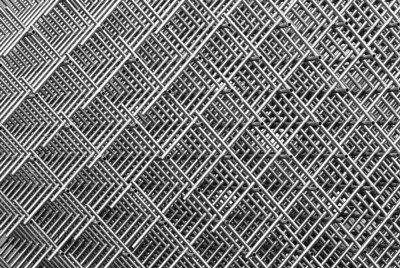
oday's extensive use of high-tech metals has led to increased supply pressure toward metal sources. This has fueled interest in developing new metal scavenging and separation techniques. In his dissertation at the University of Jyv?skyl? M.Sc. Elmeri Lahtinen has studied and developed a new metal separation technique that uses selective laser sintering 3-D printing as a fabrication method.
The use of noble metals has been booming in recent decades. They are widely used in variety of technologies including electronics, anticancer treatments and catalysts. This increase in consumption has been overshadowed by the finite nature of metal supplies on Earth, which has made it crucial to pay attention to the circular economy of metals. New sources of metals, as well as improved metal separation techniques, are required to guarantee a stable supply of these critical metals in future.
Lahtinen used selective laser sintering 3-D printing was to fabricate metal scavenging filters with chemical functionality. The approach allowed for accurate control of the chemical properties of the prepared objects by altering the composition of the building material. This, combined with the inherent ability of the 3-D printing to alter the physical characteristics of objects, made it possible to adjust the chemical and physical properties of the printed objects. This allowed the fabrication of large objects with predetermined chemical functionality.
3-D printed metal scavenging filters are able to selectively separate noble metals
Lahtinen focused especially on the preparation of different types of metal scavenging filters to separate metals from waste electrical and electronic equipment (WEEE). The WEEE is a promising source for noble metals such as gold, palladium, and platinum.
The dissertation presents the preparation of different types of metal filters that can selectively scavenge and separate the noble metals from a range of different metals present in WEEE. The metals can then be eluted from the 3-D printed filters, after which the filters are reusable.
While the dissertation focuses on the separation of noble metals from WEEE, the approach could also be used for the preparation of filters with selectivity toward different metals. A similar approach can also be extended to other applications such as catalysis, gas adsorption or even electrode preparation, where the customizable objects can be fabricated via selective laser sintering 3-D printing.

